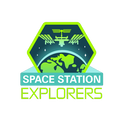May 19: ARISS educator Kathy Lamont and daughter Kailey supported an ARISS display in an exhibit tent at the American Rocketry Challenge in The Plains, VA for middle and high school youth. The tables sported an ARISS slide show and hand-held radio equipment to attract kids' attention for stopping by to handle it. The Lamonts described ARISS to students (75) and educators, informal educators, and parents (55) who took ARISS brochures; Kathy reported that every person exclaimed, "That's really cool!" The Washington DC FAA STEM outreach staff came from their tent to learn about ARISS; they’re thinking of networking further. Two other area ARISS team members helping with the challenge encouraged attendees to go to the ARISS booth. VIP attendee astronaut Warren Hoburg stopped by and Kathy thanked him for supporting ARISS contacts to help ARISS inspire youth for STEM and space. While autographing his NASA photo for them, he replied, “I was happy to do it!”
April 20: ARISS educator Diane Warner and her ham club’s members presented ARISS at the First Annual Seeds of Change event at Rising Park in Lancaster, OH. It featured 20 booths offering free activities revolving around Earth Day and Arbor Day and science for people of all ages. Diane’s club brought their STEM trailer with its hands-on STEM displays—some tied to ARISS, and showcasing various ham radio equipment that kids could use with help from a ham control operator. As families viewed the trailer’s exhibits, some of the students, parents, and educators asked Diane to explain more details about the ARISS program.
May 17-19: ARISS volunteers pulled out all the stops for Hamvention 2024 (the world’s largest ham radio convention—32,000 people!) in Xenia, OH. ARISS team members set up and staffed a two-space booth featuring ARISS engineering and education programs. All told, at the booth ARISS staff talked to over 1,460 people who expressed enthusiasm for ARISS programs. ARISS felt honored to garner an official Hamvention forum for a fourth year; 125 people attended. They listened to Frank Bauer and Rosalie White give introductions of speakers including ARISS Director of Engineering Randy Berger, ARISS Director of Education Tanya Anderson, ARISS Social Leader Jim Reed, and a high school and a college youth on experiences at their ARISS contacts. A large number of folks stopped at the booth to give compliments on the forum. ARISS sponsored four mini-forums in a small space near the booth; topics included what’s next for HamTV, ARISS’s three education programs, developing a winning ARISS Contact Proposal, and a demo of ARISS’s newest Lunar Operations module. At a Hamvention educator forum and the Hamvention youth forum, speakers gave cameos about ARISS.
May 8: The Post Eclipse Symposium, a virtual event organized by President and CEO of Lewis Center for Educational Research Lisa Lamb and ARISS teacher Melissa Pore, featured the Goldstone Apple Valley (CA) Radio Telescope (GAVRT) team sharing early results of radio observations of the Sun gathered during the April eclipse by Deep Space Station 28. Scientists showcased in this YouTube included NASA JPL scientists Steve Levin, Velusamy Thangasamy, and Marin Anderson who shared GAVRT’s early data; Bob Twiggs of Twiggs Space Lab, who spoke about upcoming activities; and astronaut Dan Tani, who described his experience during totality. Student Eclipse Ambassadors discussed data gathered during the eclipse by their Eclipse Monitors around the US. The event spotlighted student research and collaboration and Lisa moderated their discussions. A student asked about radio communications and the eclipse; Melissa seized that opportunity to describe ARISS, an ARISS school contact that took place on eclipse day where a student asked about seeing the eclipse from the cupola, and astronaut Matthew Dominick’s answer. Over 60 educators and students watched the symposium YouTube; it will be posted for hundreds more to view. In addition to JPL and Twiggs Space Lab, NASA SEES helped make this event possible.
May 22: The ARISS-Russia team mentored an ARISS contact for students of the Municipal Budgetary Institution of the Secondary School in the village of Ulukulevo in the Karmaskalinsky District in Bashkortostan, Russia. The crew member chosen to support the contact was Aleksandr Grebyonkin.
May 11: ARISS educator Diane Warner, a leader at the Afterschool Programs of Lancaster, OH, helped her organization design and sponsor five Family STEM Nights. The organization provides services at five area elementary schools to educate, improve, and nourish youth and families. Diane and her ham club set up hands-on activities for these nights. But beforehand, at their regular afterschool hours, 210 students had enjoyed ARISS SPARKI Kit lessons, such as building basic FM radios, putting together electrical circuits on paper, using gadgets (Energy Stick®) to test if an object was conductive, experimenting with Play Doh Squishy Circuits® that used LEDs and battery packs, and building mini-telegraphs. During Family STEM Nights, youth showed off what they learned at each of the hands-on tables to their parents, and helped parents build more mini-telegraphs. Diane wrote: “It was awesome watching the students teach their parents what they had learned.”
April-May: Activities tied to the ISS, astronomy, and science took place at several Polish education facilities for schools with upcoming ARISS contacts. Over the 17 sessions, students’ ages ranged from 8 to 14 and the number of students participating varied between 10 and 120. Some activities covered facts about the ISS and watching a video of an ARISS contact. Students visited Warsaw Kopernik Science Center and the BioGen Laboratory where they used microscopes and tried out techniques involved in performing experiments.
ARISS Upcoming Events
TBD
April 20: ARISS educator Diane Warner and her ham club’s members presented ARISS at the First Annual Seeds of Change event at Rising Park in Lancaster, OH. It featured 20 booths offering free activities revolving around Earth Day and Arbor Day and science for people of all ages. Diane’s club brought their STEM trailer with its hands-on STEM displays—some tied to ARISS, and showcasing various ham radio equipment that kids could use with help from a ham control operator. As families viewed the trailer’s exhibits, some of the students, parents, and educators asked Diane to explain more details about the ARISS program.
May 17-19: ARISS volunteers pulled out all the stops for Hamvention 2024 (the world’s largest ham radio convention—32,000 people!) in Xenia, OH. ARISS team members set up and staffed a two-space booth featuring ARISS engineering and education programs. All told, at the booth ARISS staff talked to over 1,460 people who expressed enthusiasm for ARISS programs. ARISS felt honored to garner an official Hamvention forum for a fourth year; 125 people attended. They listened to Frank Bauer and Rosalie White give introductions of speakers including ARISS Director of Engineering Randy Berger, ARISS Director of Education Tanya Anderson, ARISS Social Leader Jim Reed, and a high school and a college youth on experiences at their ARISS contacts. A large number of folks stopped at the booth to give compliments on the forum. ARISS sponsored four mini-forums in a small space near the booth; topics included what’s next for HamTV, ARISS’s three education programs, developing a winning ARISS Contact Proposal, and a demo of ARISS’s newest Lunar Operations module. At a Hamvention educator forum and the Hamvention youth forum, speakers gave cameos about ARISS.
May 8: The Post Eclipse Symposium, a virtual event organized by President and CEO of Lewis Center for Educational Research Lisa Lamb and ARISS teacher Melissa Pore, featured the Goldstone Apple Valley (CA) Radio Telescope (GAVRT) team sharing early results of radio observations of the Sun gathered during the April eclipse by Deep Space Station 28. Scientists showcased in this YouTube included NASA JPL scientists Steve Levin, Velusamy Thangasamy, and Marin Anderson who shared GAVRT’s early data; Bob Twiggs of Twiggs Space Lab, who spoke about upcoming activities; and astronaut Dan Tani, who described his experience during totality. Student Eclipse Ambassadors discussed data gathered during the eclipse by their Eclipse Monitors around the US. The event spotlighted student research and collaboration and Lisa moderated their discussions. A student asked about radio communications and the eclipse; Melissa seized that opportunity to describe ARISS, an ARISS school contact that took place on eclipse day where a student asked about seeing the eclipse from the cupola, and astronaut Matthew Dominick’s answer. Over 60 educators and students watched the symposium YouTube; it will be posted for hundreds more to view. In addition to JPL and Twiggs Space Lab, NASA SEES helped make this event possible.
May 22: The ARISS-Russia team mentored an ARISS contact for students of the Municipal Budgetary Institution of the Secondary School in the village of Ulukulevo in the Karmaskalinsky District in Bashkortostan, Russia. The crew member chosen to support the contact was Aleksandr Grebyonkin.
May 11: ARISS educator Diane Warner, a leader at the Afterschool Programs of Lancaster, OH, helped her organization design and sponsor five Family STEM Nights. The organization provides services at five area elementary schools to educate, improve, and nourish youth and families. Diane and her ham club set up hands-on activities for these nights. But beforehand, at their regular afterschool hours, 210 students had enjoyed ARISS SPARKI Kit lessons, such as building basic FM radios, putting together electrical circuits on paper, using gadgets (Energy Stick®) to test if an object was conductive, experimenting with Play Doh Squishy Circuits® that used LEDs and battery packs, and building mini-telegraphs. During Family STEM Nights, youth showed off what they learned at each of the hands-on tables to their parents, and helped parents build more mini-telegraphs. Diane wrote: “It was awesome watching the students teach their parents what they had learned.”
April-May: Activities tied to the ISS, astronomy, and science took place at several Polish education facilities for schools with upcoming ARISS contacts. Over the 17 sessions, students’ ages ranged from 8 to 14 and the number of students participating varied between 10 and 120. Some activities covered facts about the ISS and watching a video of an ARISS contact. Students visited Warsaw Kopernik Science Center and the BioGen Laboratory where they used microscopes and tried out techniques involved in performing experiments.
ARISS Upcoming Events
TBD

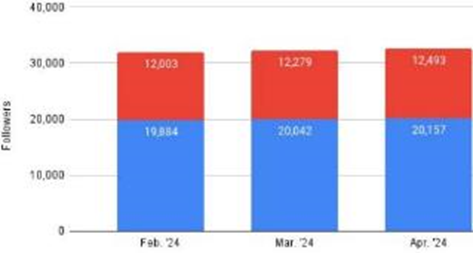
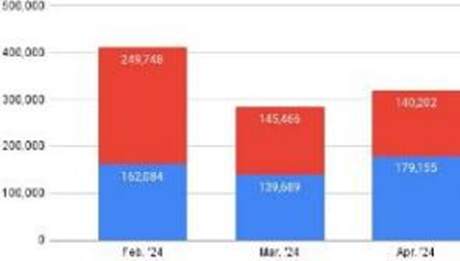
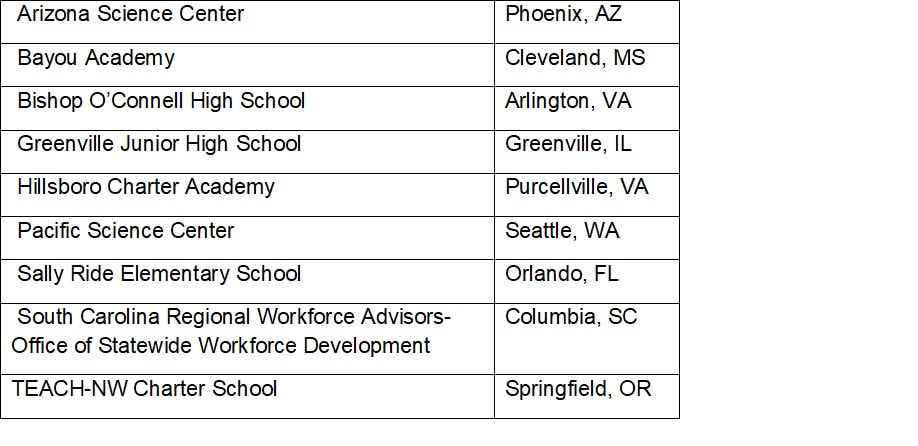
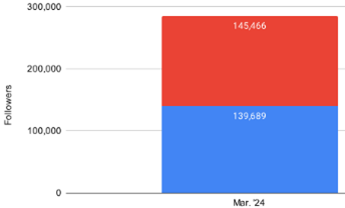
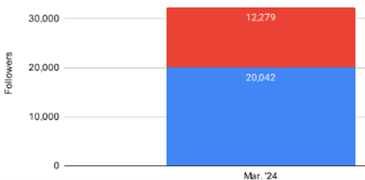
 RSS Feed
RSS Feed


